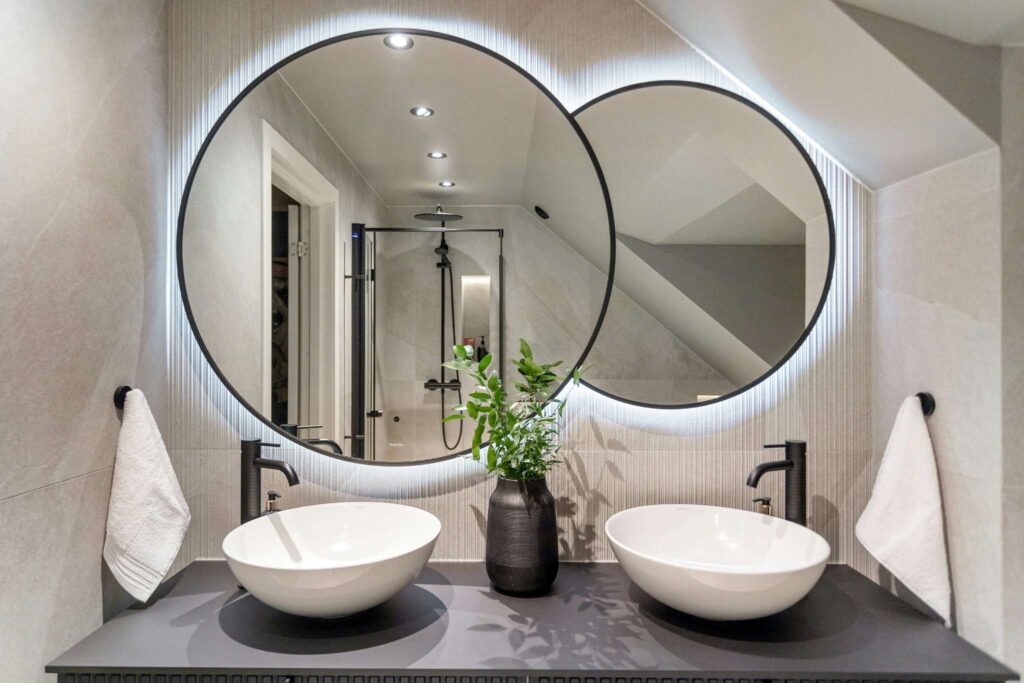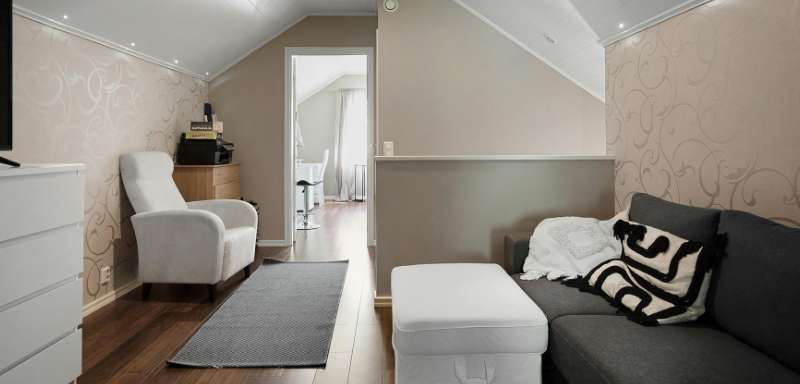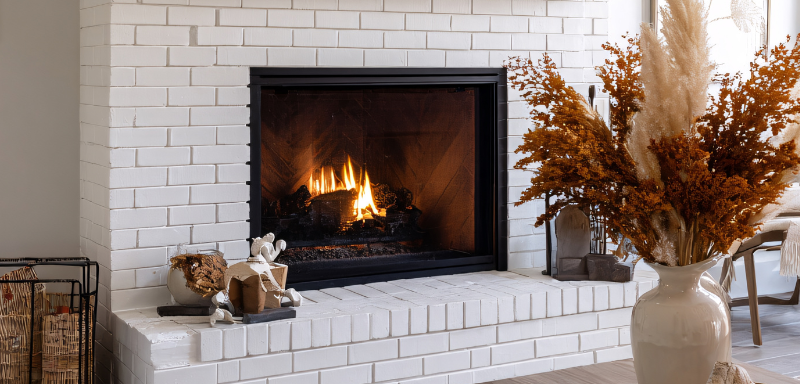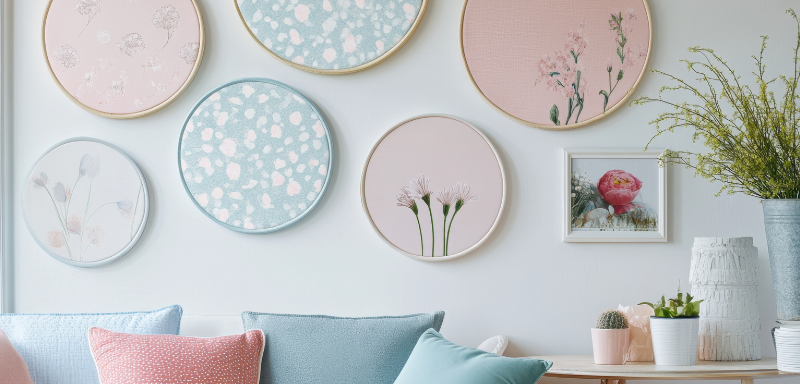Discover How a Mirror Can Transform the Lighting and Space in Your Home, Creating Larger, Brighter, and More Personalized Environments

Have you ever walked into a room and felt that something magical was happening there, but couldn’t quite pinpoint what it was? Sometimes, that “something” can be as simple as a mirror. Yes, the mirror — that common item which, when well-placed, can completely change the perception of lighting and space in any corner of the house, inside or out.
In this article, I want to tell you how a simple mirror changed the entire dynamic of my home and how you too can use this element with intention, good taste, and a touch of boldness.
The Mirror as a Protagonist
In the world of landscaping and interior decoration, we tend to place a lot of emphasis on the right plants, wall colors, flooring finishes, lighting fixtures… but what about the mirror? It’s usually reserved for bathrooms and bedrooms. A missed opportunity, in my opinion.
It was precisely while remodeling a small side garden that I began to look at mirrors with new eyes. I placed a mirrored panel on the blind wall — the one without a view, no window, nothing. The result? The garden seemed to have doubled in size. Natural light reflected over the foliage of ferns and monstera plants created a lively play of shadows. It was as if nature was unfolding in duplicate.
How a Mirror Affects Lighting and Space
Instantly Expands the Space
It doesn’t matter if you live in a 430 sq ft apartment or a house with a generous backyard. A mirror has the power to visually expand spaces. It creates an illusion of depth that elegantly deceives the eye.
Placing a large mirror on a living room wall, for example, can make the space appear twice as large. I’ve also tried this in a dark corridor: mounted a narrow floor-to-ceiling mirror, and suddenly that tight path became an illuminated runway.
Enhances Natural Lighting
If you have a window that receives a good amount of sunlight during the day, position a mirror facing it. The light will be multiplied throughout the room. This not only brightens the space better, but also creates a warmer, sunnier, and happier atmosphere.
In outdoor areas, this works incredibly well too. A mirror in the garden can redirect sunlight to an area that’s usually in the shade. This is especially useful in apartments with partially covered balconies or houses with tall walls.
Where and How to Use Mirrors Creatively
In the Garden or Backyard
Mirrors in outdoor spaces are still underused in Brazil, but they work wonders. A well-framed, durable mirror can create a sense of continuity in the landscaping. Imagine a mirror reflecting a jasmine trellis or a living wall full of succulents… It’s pure poetry!
Practical tip: use frames made of reclaimed wood or corrosion-resistant metal. Anchor the mirror securely and, preferably, choose models with UV protection.
On Balconies and Porches
One trick I love is placing mirrors on small balconies. Besides visually enlarging the space, the reflection of plants and the sky creates a relaxing effect. You don’t even need a full garden: two foliage pots and a strategically placed mirror already work wonders.
In the Living Room
Here the mirror becomes a standout element. Behind the sofa it can complement the art wall. Facing a window it doubles the external view. Behind a sideboard it brings sophistication and brightness — especially if there’s a lamp nearby.
In the Entry Hall
A mirror in the hall is a classic. But what about thinking outside the box? Use an organically shaped or irregular mirror to give personality. Pair it with a tall plant vase and a soft wall light. The result? A welcoming atmosphere the moment you step in.

Mirrors and Tricks for Small Spaces
Compact environments require creative solutions — and the mirror is one of the most efficient. When used strategically, it transforms the feeling of space, reflects light, highlights elements, and even creates smart focal points. Here are some practical ideas:
- Espelho no fundo das prateleiras. Uma estante rasa pode parecer puramente funcional, mas ao aplicar espelhos no fundo das prateleiras, você cria profundidade e destaca objetos decorativos. Além disso, o reflexo da iluminação aumenta a percepção de volume.
- Mirrored wardrobe doors A classic and clever way to save space and add function. Sliding doors with mirrored finish, especially in wardrobes or kitchen cabinets, help visually expand the environment without compromising circulation space.
- Mirrors on furniture sides Applying small mirrors to the sides of nightstands, media racks, or console tables creates a subtle yet powerful effect. They help “break” the solidity of the furniture, making it appear lighter and less bulky.
- Vertical mosaics and compositions You don’t need one big mirror to make an impact. Several small mirrors arranged vertically, like a mosaic, elongate the wall and form a visual line that draws the eye upward — ideal for apartments with low ceiling height.
- Mirror as a background panel A small dining table can look even smaller when placed against an empty wall. How about using a mirrored panel there? It creates a more spacious setting, doubling the space around the table and adding sophistication.
- Strategic positioning in corridors Corridors are often the most neglected spaces in a home. A vertical mirror can break monotony, broaden perceived width, and bring more light when positioned near a light source.
- Mirrors with built-in lighting Perfect for small powder rooms and bathrooms, mirrors with integrated LED light work as a light source and a decorative piece. They also prevent shadows on the face and offer both functionality and style.
- Niches with mirrored back If your home has recessed wall niches, try adding mirrors as the backing. This highlights any displayed object and adds depth to the wall cutout.
- Floating mirrors Mounted with subtle supports, floating mirrors create a sense of lightness. They are great for small spaces like powder rooms, halls, and even laundry areas, where every inch matters.
- The diagonal trick Instead of positioning the mirror parallel to the walls, try angling it toward a corner with plants, artwork, or windows. This trick creates visual interest, increases the sense of depth, and surprises the eye.
Sustainable Mirrors
In times of conscious consumption, mirrors are also joining the conversation about environmental responsibility. After all, it’s possible to decorate with style and environmental awareness at the same time.
- Recyclable and repurposed materials Some manufacturers already offer mirrors with frames made from reforested wood, recycled metal, or repurposed plastics. Another option is to reuse old frames — a reclaimed door, for example, can become a beautiful rustic frame for a wall mirror.
- Local production Favoring mirrors produced in your region reduces transport impact. It also values local craftsmanship and boosts your community’s economy.
- Solvent-free finishes There are mirrors with finishes free from volatile organic compounds (VOCs), harmful to both the environment and health. These models are ideal for a healthier home.
- Longevity as a sustainability principle Choosing a quality mirror built to last many years prevents premature disposal and promotes mindful consumption. It’s worth investing a bit more now rather than constantly replacing a low-quality product.
- Creativity and repurposing You can create your own sustainable mirror using materials you already have: old frames, broken mirror pieces turned into mosaics, or even mirrored tabletops repurposed as wall panels. Sustainability is creativity — and the mirror can be the starting point for a conscious and full-of-personality decor.
Most Common Types of Mirrors and Their Ideal Locations
| Mirror Type | Main Characteristics | Most Used Locations |
|---|---|---|
| Large Wall Mirror | Expands space, enhances natural light | Living rooms, dining rooms, bedrooms |
| Natural Frame Mirror | Made with wood, bamboo, or rattan—ideal for rustic/boho styles | Balconies, halls, outdoor areas |
| Frameless Mirror | Clean, modern look, fits minimalist decor | Bathrooms, contemporary rooms, closets |
| LED-Illuminated Mirror | Built-in light for functionality and aesthetics | Powder rooms, bathrooms, dressing tables |
| Adnet Mirror (with strap) | Round, hung by leather strap—vintage/modern look | Entry halls, bathrooms, home offices |
| Floor Mirror (leaning) | Versatile, portable, no drilling needed | Bedrooms, closets, studios |
| Venetian Mirror | Decorative, with glass-cut frames | Classic living rooms, elegant entrances |
| Mosaic Mirror | Made from fragments or smaller pieces—adds texture | Corridors, accent walls |
| Bronze or Smoke Mirror | Reflects with dark or golden tone—more sophisticated | Luxurious environments, modern powder rooms |
| Mirror with Cabinet/Niche | Combines aesthetics and storage space | Bathrooms, powder rooms, closets |
Precautions and Recommendations
Not everything is rosy (or beautifully reflected). A few precautions are essential:
- Avoid mirrors facing direct strong sunlight: this can cause overheating and even fire hazards.
- Beware of birds: in gardens, very visible mirrors can confuse birds. A solution is to use semi‑opaque mirrors or ones with well-defined frames.
- Safety is paramount: ensure the mirror is securely fixed and at a safe height, especially in areas with children or pets.
Decoration Styles That Pair Well with Mirrors
Mirrors are incredibly versatile, but certain styles embrace them even more:
- Rustic Pair mirrors with aged wood frames, exposed brick, and robust greenery. It creates a welcoming and natural atmosphere.
- Contemporary Large, frameless mirrors fit perfectly with minimalist and modern interiors.
- Boho or Tropical Rattan, bamboo, or natural-material frames complement lush plants, vibrant colors, and a laid‑back vibe.
- Classic Mirrors with ornate gold or silver frames bring elegance to dining rooms, entry halls, and corridors.
Mirrors and Well‑Being: The Power of Reflection
Many people talk about mirrors only from an aesthetic perspective, but they have a real impact on well‑being:
- Reflecting nature increases the connection with the outdoor environment.
- Multiplying natural light improves mood and energy throughout the day.
- Expanding spaces reduces the feeling of claustrophobia and enhances movement.
These are invisible benefits you only notice once you experience them.
Conclusion: A New Look for Your Home
Who would have thought that such an ordinary object as a mirror could have so much transformative power, right? It goes far beyond reflecting images: it reflects intentions, amplifies light, expands spaces, and connects environments.
Next time you think about renovating your home, don’t start with walls, furniture, or color. Look first at where the light hits. Notice where your gaze wanders. And perhaps right there is the perfect spot for a mirror.
Transforming the lighting and space in your home can start with a simple reflection. And the magic, believe me, comes right after.



